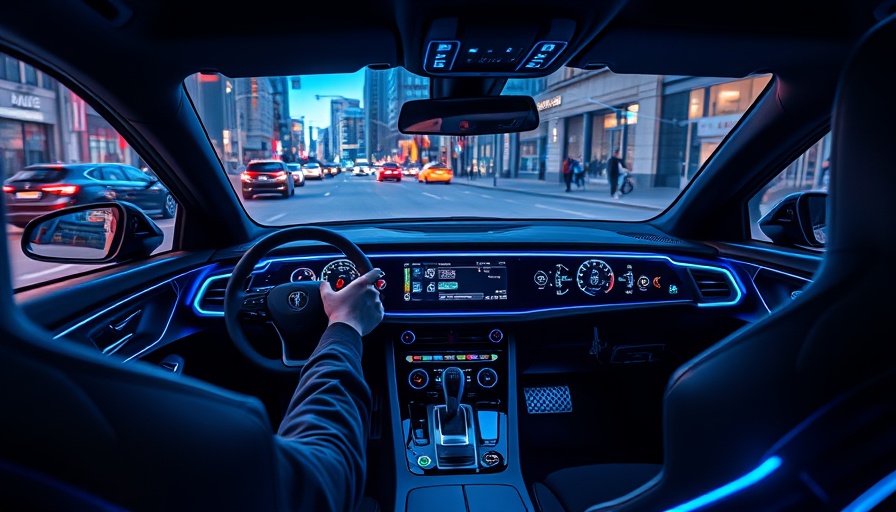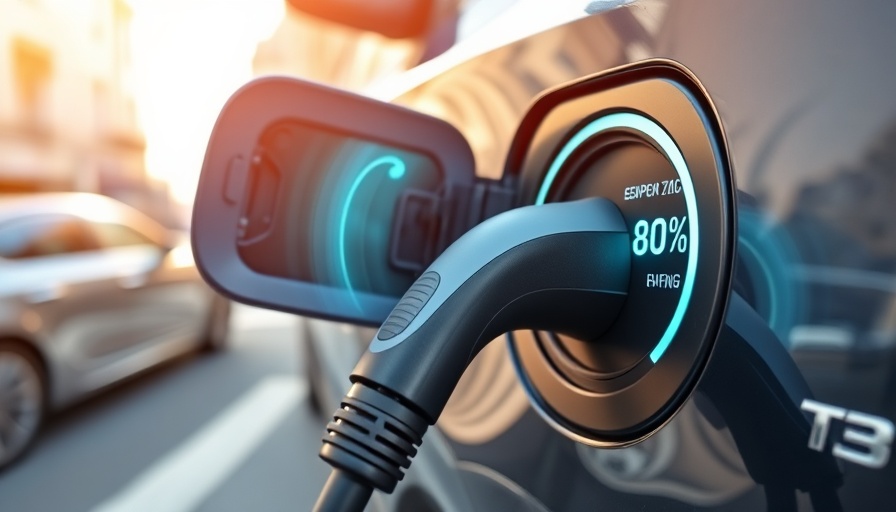
The Revolution of AI in the Automotive Industry
The automotive landscape is rapidly evolving with the introduction of AI technology that promises enhanced driving experiences. From voice recognition systems that simplify navigation to predictive assistance that can preemptively address maintenance issues, AI is moving from the lab to the driving seat. Yet, the question remains—how will consumers respond to such innovations?
Addressing Skepticism: The Consumer's Perspective
Despite the industry's enthusiasm, a layer of skepticism clouded the adoption of past automotive technologies. Features like gesture controls and early voice recognition systems fell short due to their complexity. For instance, consumers found themselves frustrated by non-intuitive gesture controls that failed to deliver on their promises. If AI-driven features in vehicles don't demonstrate significant improvements over older technologies, they may face a similar fate.
AI-Driven Features: Potential Transformations
While consumer hesitation looms, there are many promising aspects of AI that could optimize the driving experience. Imagine asking your vehicle for guidance on using its features and receiving clear, contextualized responses. This marks a distinct departure from traditional endlessly complicated car manuals!
The Journey of Voice Recognition Technology
Not all innovations are greeted with open arms. The evolution of voice recognition is a noteworthy case study. Initially, it struggled to gain traction due to a lack of understanding and functionality. However, with modern systems increasingly capable of processing natural language, users are beginning to embrace them once more. This evolution highlights the importance of iterative improvement, suggesting that while the journey may be bumpy, AI has the potential to significantly enhance user interaction.
Will AI in Cars Be the Next Big Thing?
The future of AI in the automotive market is promising—if executed correctly. The seamless integration of AI features could decrease distractions and improve decision-making, ultimately leading to safer roads. However, the industry must remain cognizant of consumer experiences to ensure that frustration doesn’t prevail over functionality.
Integrating AI and Consumer Comfort
The real challenge may not be solely technological implementation, but rather creating an emotional and functional harmony between the driver and AI. For example, drivers accustomed to hands-on control might hesitate to cede control to automated systems. This brings to light the crucial need to design AI functions that not only serve a practical function but also create a comforting driving environment.
Concluding Thoughts on the Future of AI in Vehicles
As the automotive industry accelerates towards an AI-driven future, embracing technological advancement while maintaining consumer confidence will be paramount. It's not just about creating smarter vehicles; it's about building trust with drivers to navigate this new frontier together. Balancing progress with comfort will dictate the willingness of consumers to embrace AI technologies in their cars.
With all the excitement surrounding AI-powered features, it’s essential to understand how financing options can impact the accessibility of these vehicles. Whether looking for used car financing rates or exploring the best used car financing rates, being informed about current lending practices can help potential buyers make better decisions.
 Add Row
Add Row  Add
Add 




Write A Comment